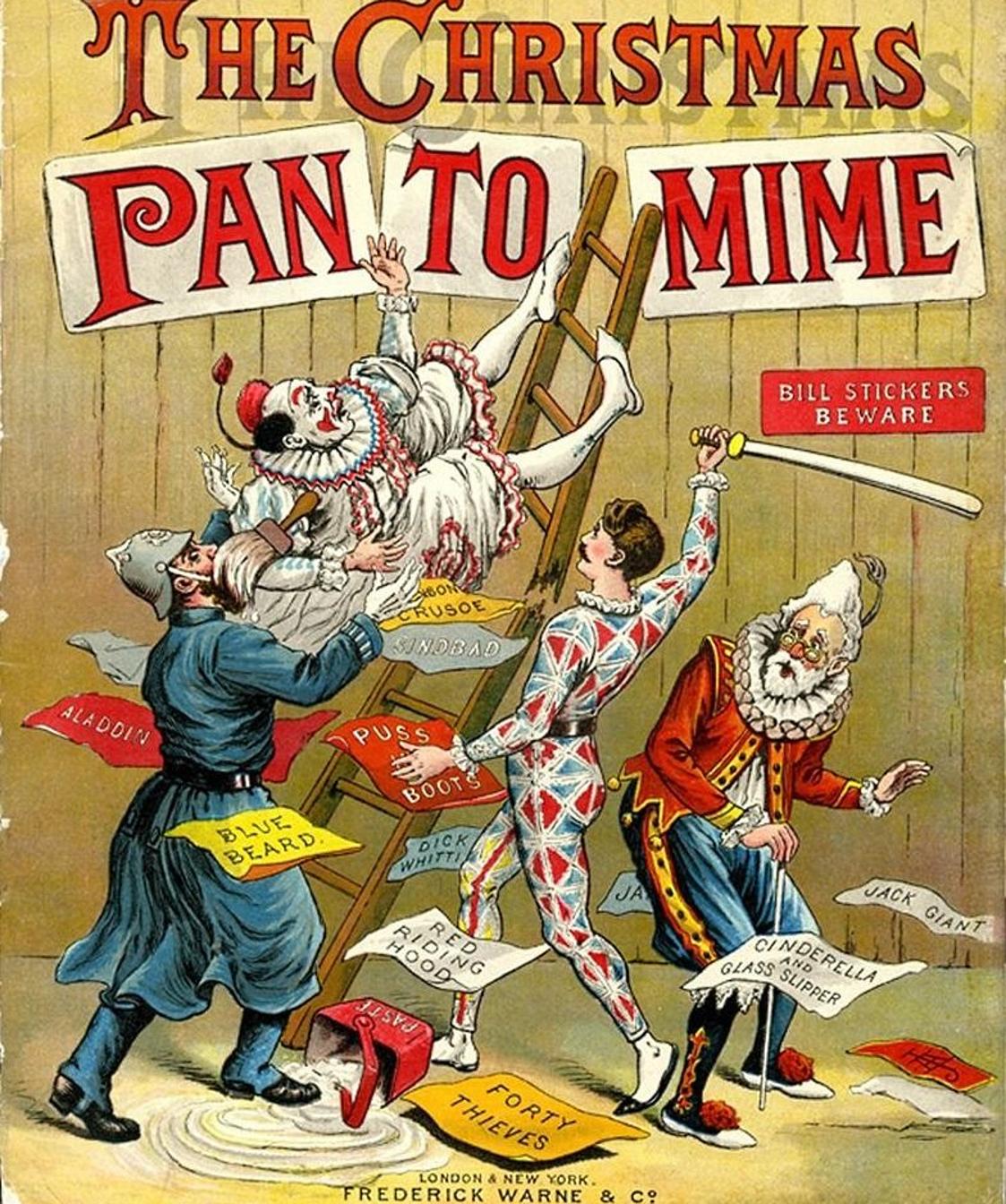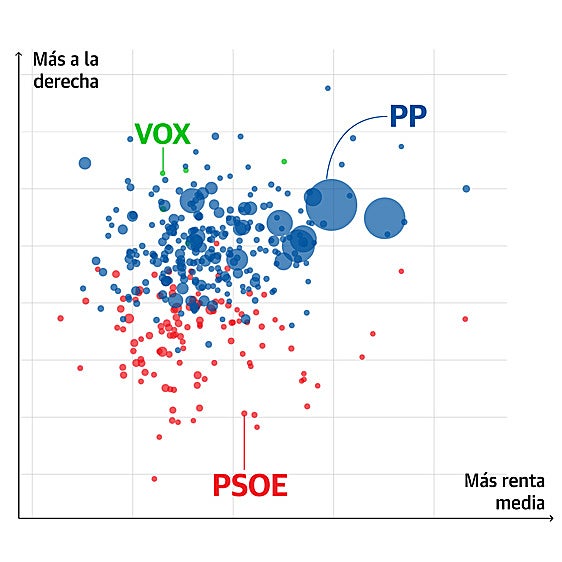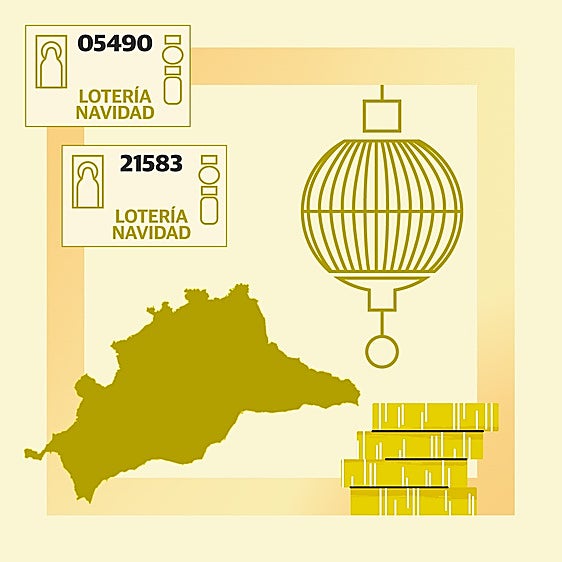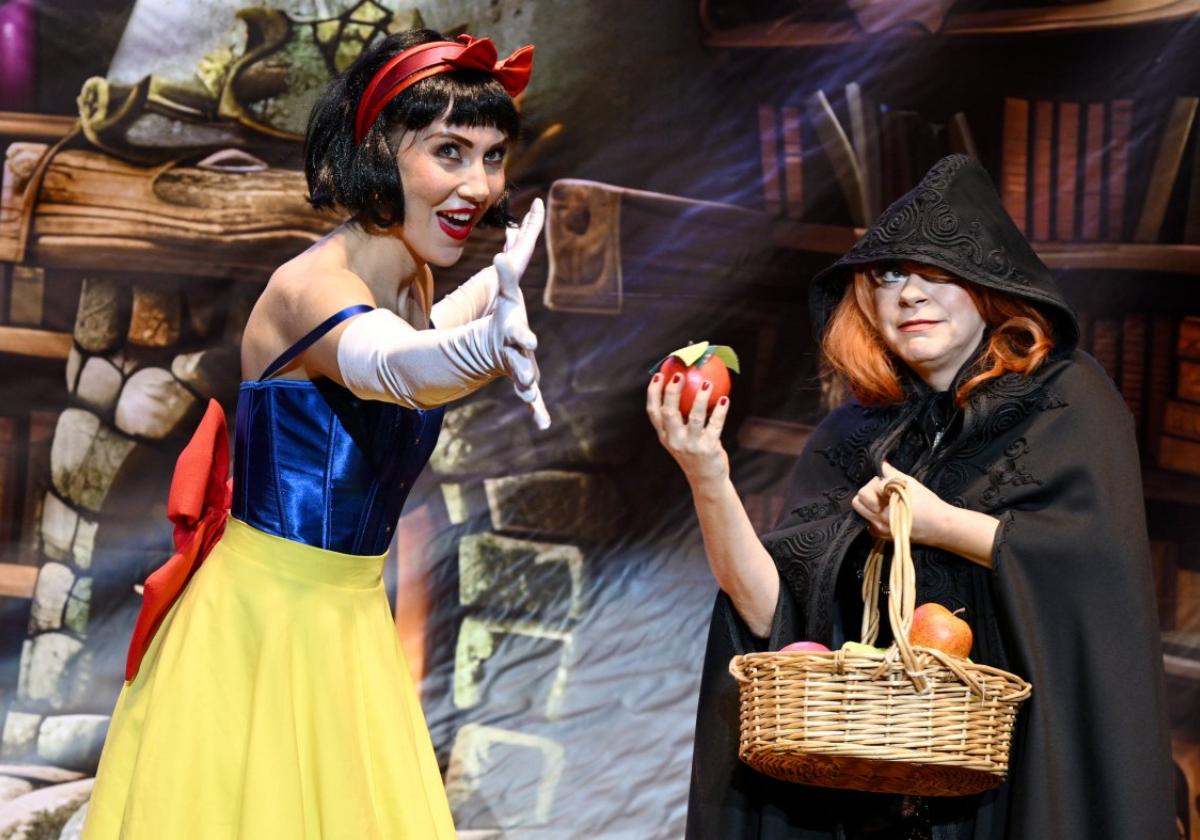'Tis the season of risqué slapstick comedy
The panto season is now in full swing and theatres around the world, especially the UK, and here on the Costa del Sol, are presenting classic productions full of exaggerated buffoonery and plenty of audience participation
Tony Bryant
Malaga
Friday, 27 December 2024, 13:14
The pantomime season is well and truly upon us and theatres around the world, and especially in the UK, will be packing in audiences for classic musical comedy stage productions like Aladdin, Jack and the Beanstalk and Cinderella. Of course, pantomime is also popular in Spain, and there are even a few English-language companies that enjoy the festive season with slapstick buffoonery (and even mild sexual innuendo), like the Madrid Players, who have presented pantomimes such as Little Red Riding Hood, The Wizard of Oz and Mother Goose. The Madrid Players is an amateur English-language theatre group founded in 1965 and includes members from many different backgrounds, mostly from English-speaking countries, but it also has Spanish members.
Closer to home, the Salón Varietés Theatre in Fuengirola is currently in the middle of its panto season with a production of Snow White and the Seven Dwarfs. This English-language theatre has presented numerous classic Christmas productions since it was founded in 1985. Although this is an amateur company, its performances receive rave reviews and are often compared with the glamorous productions staged in London's top theatre's. This show includes stunning costumes, song, dance, slapstick comedy, and plenty of booing and cheering; while the cast is made up of some of the coast's top entertainers.

Most of us love to engage in the shouting out of 'He's behind you!', or 'Oh no it isn't': audience participation plays a big part in panto and they are constantly called on to hiss or jeer at the villain, or to cheer when the good fairy enters the scene, usually from the right of the stage, symbolising Heaven - a convention that goes back to the medieval mystery plays. Tradition dictates that the dastardly villain always appears from the left of the stage, or Hell, although the seriousness of this has changed considerably today.
The majority of British pantomimes are based on classic 19th-century children's fairy tales like Cinderella
Traditionally performed for family audiences during the festive season, the majority of British pantomimes are based on classic fairy tales of Hans Christian Andersen, The Grimm Brothers or the Australian folklorist Joseph Jacobs.
Victorian era
Although the popularity of pantomime developed in England as a participatory form of theatre in the Victorian era, it has a long theatrical history in Western culture dating back to ancient Greece around 700 BCE. Its name derives from Latin pantomimus, which in turn comes from the Greek word pantomimos, signifying a dancer or performer who acted all the roles in a story - usually known for its erotic content and the effeminacy of its dancing.
Its roots in the UK date to the Middle Ages, when traditional plays known as Mummers Plays were performed during Christmas gatherings. These plays, which were based on the legend of St George and the Dragon, contained the many elements of the pantomime, such as good defeating evil, cross-dressing and slapstick humour.
The harlequinade was an important part of pantomime until the late 19th century, a theatrical genre defined by the Oxford English Dictionary as "that part in which the harlequin and clown play the principal parts". The Harlequin became the central figure and romantic lead and the basic plot of the harlequinade, which remained essentially the same for more than 150 years. It was the most exciting part of the pantomime because it was fast-paced and included spectacular scenic magic as well as comedy routines, or 'slosh scenes'.
During the early 19th century, the popular English entertainer Joseph Grimaldi began to dominate the London pantomime scene, creating the chaotic 'Clown' character, which became as important as Harlequin.
British pantomime gradually became more topical and comic, introducing characters like the colourful dames, the fairy godmother and the evil queen, and it has continued as a popular form of Christmas theatre for all the family.
Those wishing to partake in a little "Oh yes it is" should head to the Salón Varietés, where they will enjoy all the fun and risqué antics of Snow White, her seven little companions and, of course, her prince charming.



